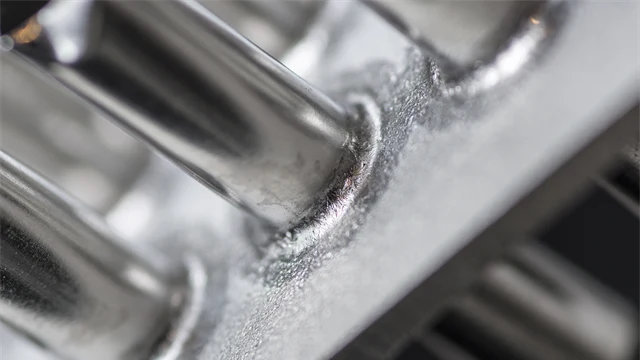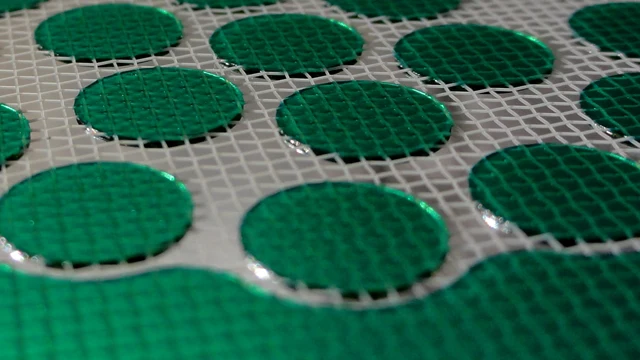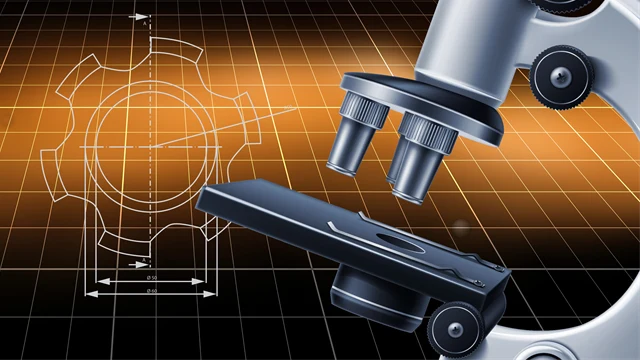
Products
Nickel-based brazing filler metals
The BrazeLet® BNi family offers nickel-based filler metal powders suitable for different applications, brazing conditions and braze properties. Applications are found in a wide range of automotive as well as industrial areas. Typical automotive applications are EGR-coolers (Exhaust Gas Recirculation) for diesel as well as gasoline engines, catalytic converters and fuel rails. Brazed plate heat exchangers, heaters and boilers are common industrial applications.
BrazeLet® Ni-based brazing filler metals
BrazeLet BNi1
BrazeLet BNi1A
BrazeLet BNi2
The Nickel-based brazing alloy BrazeLet® BNi2 provides high strength when brazing stainless steel material in vacuum or protective atmosphere. The brazing alloy is typically used for brazing heat exchangers such as EGR coolers in automotive or tap water applications in home or industry where high corrosion resistance is not required.
BrazeLet BNi2 contains boron as melting point depressants and can therefore be used at relatively low temperatures.
Composition
ISO 3677, B-Ni82CrSiBFe-970/1000
ISO 17672, Ni 620
ANSI/AWS A5.8, BNi-2
UNS N99620
Melting range
970-1000°C
Min. brazing temperature
1050°C
BrazeLet Ni2DW-9201
BrazeLet Ni2P-9002
BrazeLet Ni2P-9003
BrazeLet Ni2P-9012
BrazeLet Ni2R-8501
BrazeLet BNi3
BrazeLet BNi4
BrazeLet BNi5
BrazeLet® BNi5 is a Nickel-based brazing alloy with a good wetting behaviour on stainless steel material in vacuum or protective atmosphere brazing.
The high level of alloyed chromium results in a good hot gas and acid corrosion resistance. The high melting range of BrazeLet BNi5 makes it suitable for applications working at very high temperatures, for instance, EGR coolers for trucks and automotive metal catalytic converters.
Composition
ISO 3677, B-Ni71CrSi-1080/1135
ISO 17672, Ni 650
ANSI/AWS A5.8, BNi-5
UNS N99650
Melting range
1080-1135°C
Min. brazing temperature
1150°C
BrazeLet Ni5DW-9201
BrazeLet Ni5P-9002
BrazeLet Ni5P-9003
BrazeLet Ni5P-9012
BrazeLet Ni5R-8501
BrazeLet BNi6
BrazeLet BNi7
BrazeLet® BNi7 is a Nickel-based brazing alloy that provides high strength when brazing stainless steel material in vacuum or protective atmosphere. Typical applications for this brazing alloy are heat exchangers not requiring high cossosion resitance, for instance automotive EGR coolers and domestic or industrial tap water applications.
BrazeLet BNi7 contains phosphorous as melting point depressants and can therefore be used at relatively low temperatures.
Composition
ISO 3677, B-Ni76CrP-890
ISO 17672, Ni 710
ANSI/AWS A5.8, BNi-7
UNS N99710
Melting temperature
890°C
Min. brazing temperature
980°C
BrazeLet Ni7DW-9201
BrazeLet Ni7R-8501
BrazeLet Ni9P-9002
BrazeLet Ni9P-9003
BrazeLet Ni613D-9004
BrazeLet Ni613D-9302
BrazeLet Ni613DW-9003
BrazeLet Ni613DW-9201
BrazeLet Ni613DW-9205
BrazeLet Ni613P-9011
BrazeLet Ni613P-9012
BrazeLet Ni613R-8501
BrazeLet Ni613R-9003
BrazeLet Ni623
Contact us

Sales & Technical support
Personuppgiftspolicy
Jag godkänner att Höganäs hanterar mina personuppgifter för att kontakta mig. Min kontaktinformation kan även komma att användas för marknadsföringsändamål, som nyhetsbrev och annan relevant information. Uppgifterna kommer inte att delas med någon tredje part. I och med detta samtycke bekräftar jag även att jag är över 16 år.
Mer information om hur vi hanterar personuppgifter anges i vår personuppgiftspolicy.


